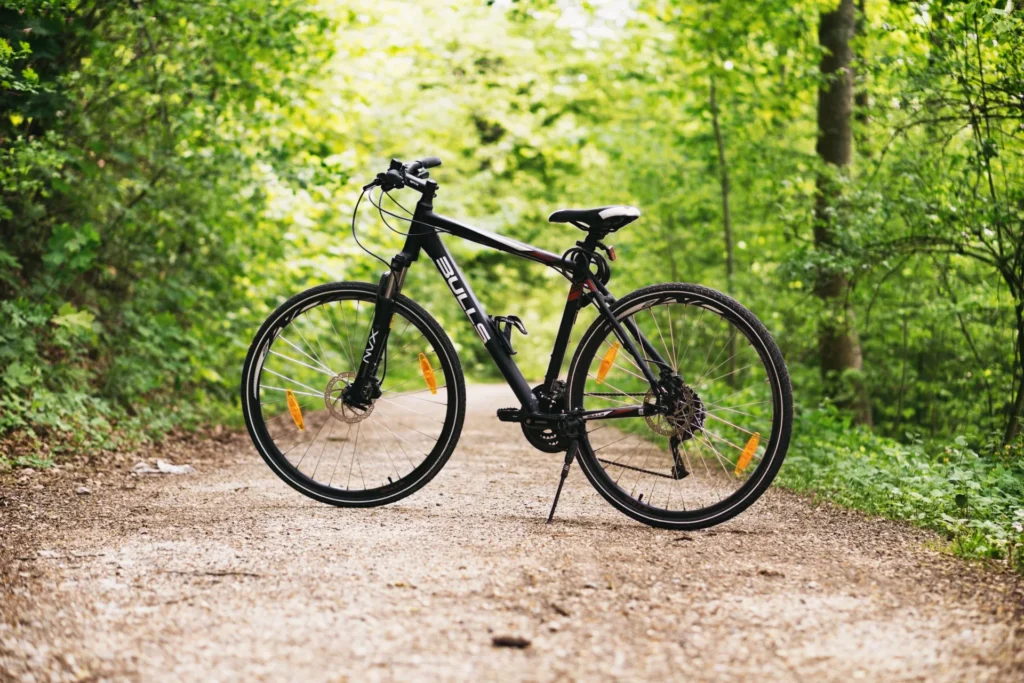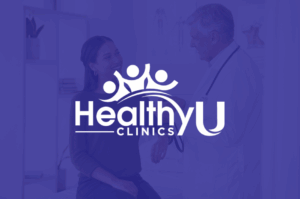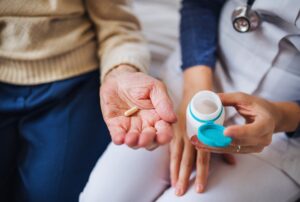My dad would go on these long bike rides when I was a kid. He would often leave around sunrise and set out on a Saturday morning. He would do this every couple of months. Then, hours later, he would return. He had the look of exhaustion but a sense of victory about him. As if he had been through some epic battle that only a young boy’s imagination could create. Come to find out. He had the look of a man who went on a 40-mile bike ride on a whim. If that story sounds familiar, you are likely a weekend warrior.
My father is not a professional cyclist. Nor is he a bike riding enthusiast. Nevertheless, he would wake up on an occasional weekend morning and decide he wanted to go for a bike ride. What I have always found fascinating was for someone who is not an athlete, he was determined to go as far as his body would let him, despite the consequences to his body. I can safely assume he was in a tremendous amount of pain afterward. Barely able to walk, the ride taking days for his body to recover.
As a sports medicine specialist, I see achieving physical performance as a series of steps. Achieve our physical best while reducing our risk of harm. Thus a 40-mile bike ride on the first day would not be my advice. However, if this seems common sense, do not rush judgment. Acute overuse injuries happen to elite athletes and novices alike.
Not too long ago, I went to the gym to meet a friend from out of town. My friend wanted to start our old exercise routine. Something I had not done since I was a younger man. I do not lift heavy weights. I have continued to exercise over the years, but not like I used to. Within five minutes of starting a routine, I felt the pang in the right side of my chest. I had pulled my pectoralis muscle. I was effectively done for the rest of the day and the next few weeks. It doesn’t take much to be like father, like son.
During the COVID-19 pandemic, athletes had to stay home, as many campuses and schools closed in-person learning. As a result, many athletes could not exercise before sports resumed months later. On a collegiate level, once the NCAA cleared athletes to return to play, the question became how quickly athletes could return to activities safely. The goal for sports performance is to increase our activity by 10% a week until reaching the desired fitness. Thus to limit injury and acute overtraining, conditioning our bodies takes time. Athletic improvement is not achieved in days but often weeks and months of sustained progressive activity. Progressing too quickly defines acute overtraining syndrome and overuse injuries.
If I wanted to ride 40 miles on a bike as my ultimate goal, my initial goal should likely be 1 or 2 miles and progressively increase my activity and intensity over the subsequent weeks. Acute tendinitis, flares of osteoarthritis, and diffuse muscle aches are all commonly seen when we progress too quickly when we exercise.
I asked my dad why he chose to go on his long bike rides. He told me he did it for the scenery and the adventure.
Whether you are trying to participate in the Tour de France or enjoying the scenery, a sports medicine physician’s job is to get you to your goal safely. We can make your plan a reality. Get stronger, enhance your performance, and improve your fitness. At HealthyU Clinics, we’re here for U. To schedule an appointment, contact us at 602-491-0703 or schedule online here.
By: Alexander Dydyk, DO
Director of Pain Medicine









